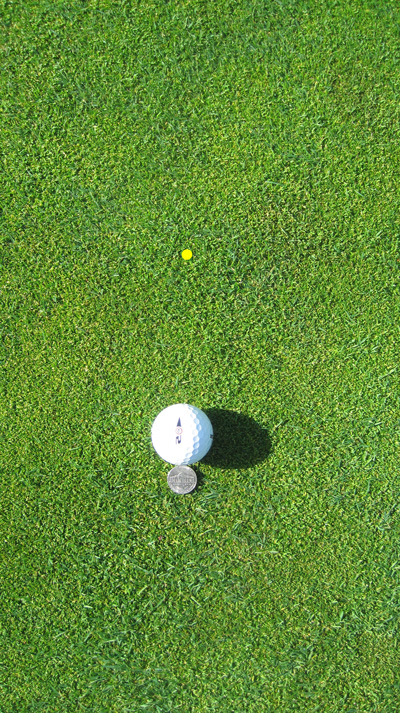Good day at the range. I used to be very good with a driver, but a few years away from the game was enough for me to forget how to swing it. Or any golf club, for that matter.
I had developed an arms-oriented swing, but it was too much arms. I had forgotten about the lower body, so I added in the hips and knees. Still no good.
You can get away with stuff with irons, but not with the driver. Somehow today, I realized that I had forgotten about my torso on the forward swing. It’s part of the sequence and I had left it out.
The hips turn, the torso turns, the arms swing, in that order. Instant success! Nice, straight fairway-finders. They fly a bit low, though, so I’ll get a lesson to help me with that.
Then there’s putting. When I watch the close-ups on TV of the touring players taking the putter back, it goes back as if it is on a rail. Perfectly straight back. Mine wobbles a bit, and I for the life of me couldn’t figure out how not to have that happen.
And today, for some reason, I gripped down on the handle so I was holding it in the middle, not near to the top. Instant success!
I was now holding the putter at its balance point and it started back with no wobble.
When I go to the range, I leave myself open to figuring out new things. I do that by never taking anything for granted. There is another way to do anything, and if you try it, that might be a better way.
To finish my day at the range, I always hit a few approach putts using my TAP method. It’s scary how well that works.


